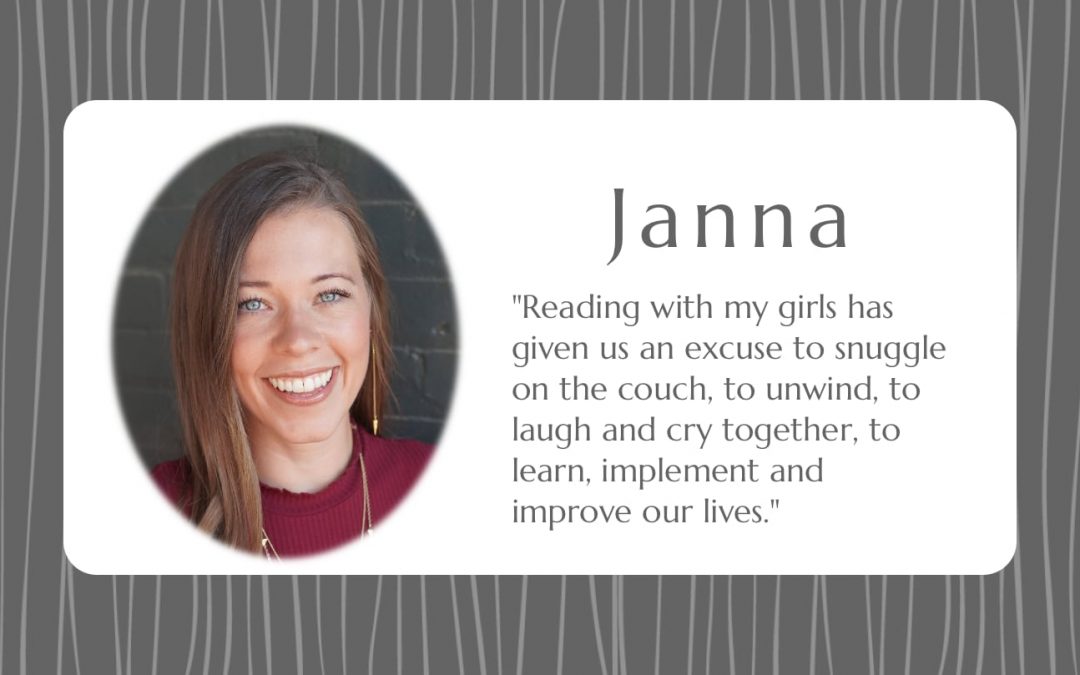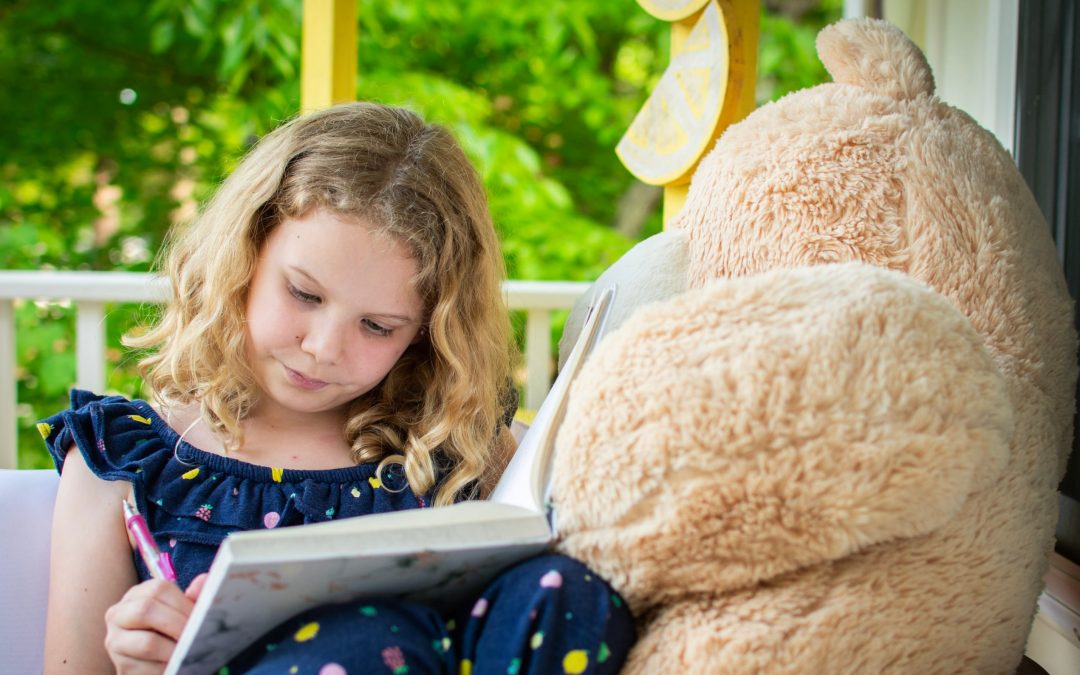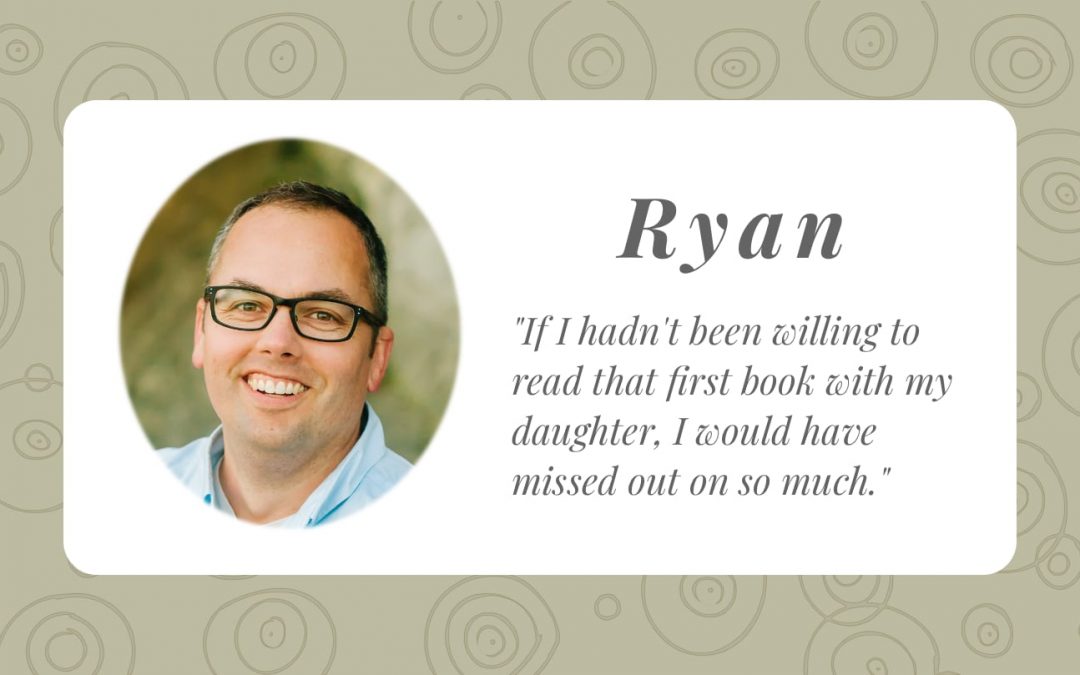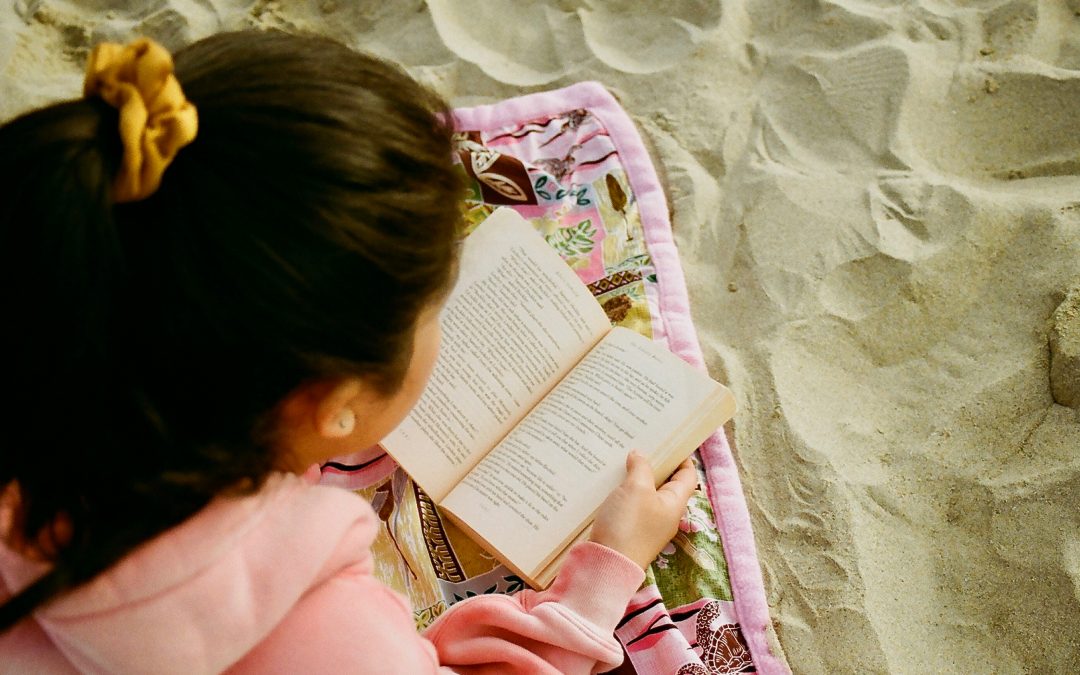
The Star Festival Literacy Activity
There is a piece of my heart I haven’t shared with you yet, mostly because I couldn’t see a connection to child literacy . . . until now! So I am extremely excited to bridge my love of reading with a country on the other side of the world.
I have lived in Japan a few times. All told, I have spent about two years there. But I helplessly fell in love with it the very first day I arrived. The people, their history, food, and language have me spellbound. Of particular interest to me are their festivals, many of which originated centuries ago. The Japanese people take their obligations (work, family, community) quite seriously. On that account, it is refreshing to see them relax and celebrate with one another.
I’d like to introduce you to one of my favorite Japanese Festivals: Tanabata, or the Star Festival. It takes place annually on July 7th. There is a folktale associated with this celebration, which is summarized in the adjacent image. I invite you to learn more about Tanabata with your children by doing the following activities:
1 – Read the folktale together.
Pictured below are a few ways to do this. In the children’s book The Star Festival by Moni Ritchie Hadley, an old woman tells her young granddaughter about Tanabata just before they attend the festival themselves. Check your local library, bookstore, or the internet to obtain a copy. There is also a website that tells the folktale through a slideshow. And the two videos are told in Japanese with English subtitles. You may want to turn the sound down or off so you can easily read aloud. As you read, be sure to ask your children lots of questions to check for comprehension and to broaden your reading experience.
2 – Write on tanzaku, or Tanabata wish cards.
After reading the story, you can continue to celebrate Tanabata together by writing your heartfelt wishes on colorful strips of paper. The paper represents the girl’s weaving in the folktale. Cut strips about three by six inches wide. Punch a small hole at the top and tie a loop of yarn or string through it. Please encourage your children to write in complete sentences on their paper. (For more step-by-step directions, click here.) Some examples of what they can write are:
“I wish I could have a new . . .” (book, friend, bike, etc.)
“I wish I could get better at . . .” (reading, football, dancing, etc.)
“I wish for a great . . . next year.” (teacher, schedule, team, etc.)
3 – Hang up your wishes.
Tanzaku is traditionally hung on bamboo stalks as decorations, but you could hang them in your yard or on a large indoor plant. Invite any guests who stop by in the following weeks to add to your wish tree. They are bright, festive summer ornaments and remind us of our worthy desires. And as we all know, the more we think about our goals and dreams, the more likely we are to achieve them!
4 – Send your wishes off.
After enjoying your tanzaku for a few weeks, it is customary to either float them down a river or to burn them, sending your wishes up to the stars. Before disposing of them, I would suggest taking a picture to help you remember what your wishes were. Next year, you can look back to see whether or not your wish was granted.
5 – Go stargazing.
You may also want to look at constellations with your children. In the Tanabata folktale, the star Vega is the weaver girl and the star Altair is the cowherd. Finding them in the night sky would be a fun activity on its own, but really makes the story come alive. The more connections we draw from books to daily life and the world around us, the more meaningful and stimulating the stories become to our children.

Feel free to make this activity your own. You can do as many or as few of the suggestions above. But be on the lookout for this kind of project that combines reading, writing, and recreation. Your children will gain more interest in learning about stories when they are given the opportunity. This also provides you with quality time together, which seems harder and harder to come by in our modern, fast-paced world.
I would LOVE to see pictures of your Tanabata wishes! Please share those happy photos on my social media pages, and have a delightful time celebrating the Star Festival with your children.





















Recent Comments